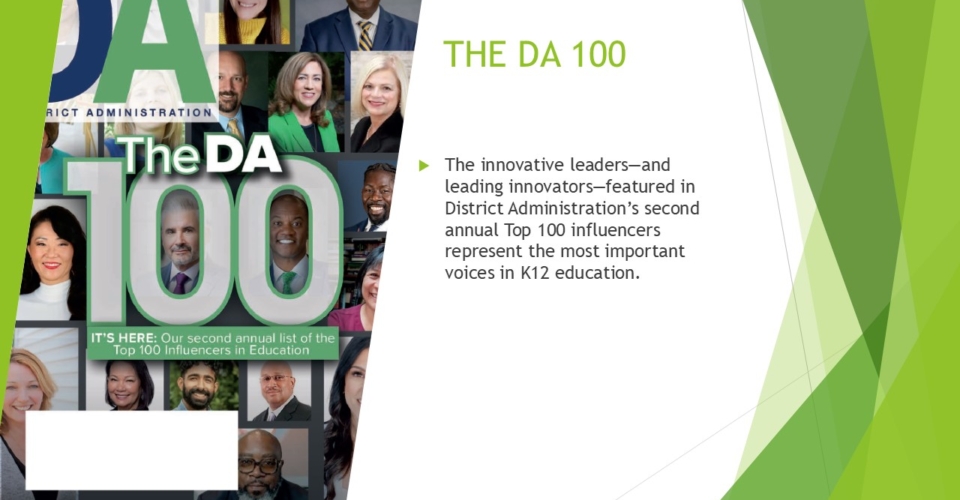Many states that have released AI guidance for schools fail to address critical concerns that educators and parents share about the technology.
Across the board, state guidance excludes top-of-mind AI topics, such as cultivating meaningful community engagement and how to spot “deepfakes,” which is the manipulation of AI to generate images, videos or audio to replace one person’s likeness or voice with another’s.
That’s according to a new blog from the Center for Democracy and Technology highlighting AI regulation trends nationwide. The researchers urge states and districts to collaborate with their communities on AI procurement decisions.
One common flaw in state guidance is that parents are only mentioned as recipients, rather than partners, in district AI conversations.
North Carolina, West Virginia, Utah, Georgia, Connecticut and Louisiana are the only states that encourage meaningful engagement, like obtaining parental consent for students using AI at school or including parents in the policymaking and decision-making processes.
Connecticut’s guidance notes that parents and community members will likely ask questions about AI use in their children’s schools. In response, “Leaders may consider forming an advisory around the use of technology generally and AI tools specifically to encourage a culture of learning and transparency, as well as to tap the expertise that community experts may offer,” the guidance reads.
More from DA: Linda McMahon: The Nation’s Report Card is on track
One of the more troubling ways AI is being used is to create deepfakes intended to harm another individual. CDT research suggests that in the 2023-24 school year, nearly 40% of students said they knew about a deepfake depicting someone from their school.
The harms associated with deepfakes are only mentioned in four states: Utah, Washington, West Virginia and Connecticut. Utah’s guidance explains that schools should prohibit students from “using AI tools to manipulate media to impersonate others for bullying, harassment, or any form of intimidation.”
Washington’s Office of Superintendent of Public Instruction explicitly discourages people from using AI to “create misleading or inappropriate content, take someone’s likeness without permission, or harm humans or the community at large.”
We encourage you to read the CDT’s blog here to learn more about the technology’s benefits in education, the risks associated with it and how to increase human oversight and investment in AI literacy.



